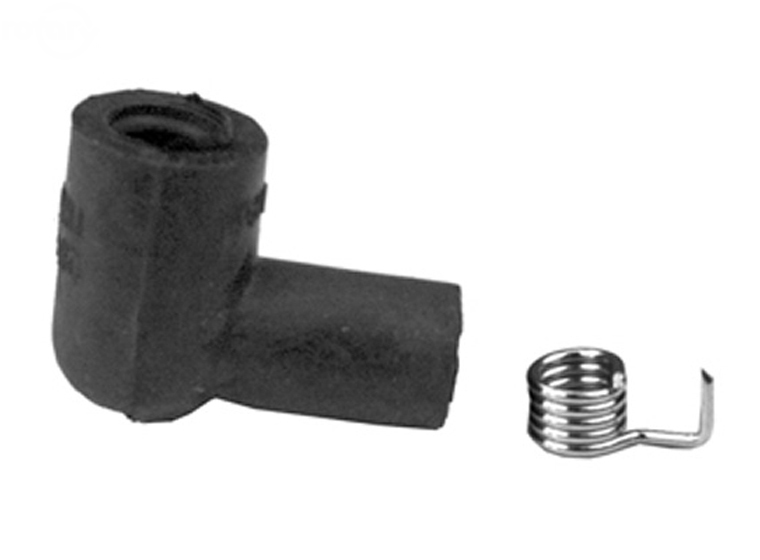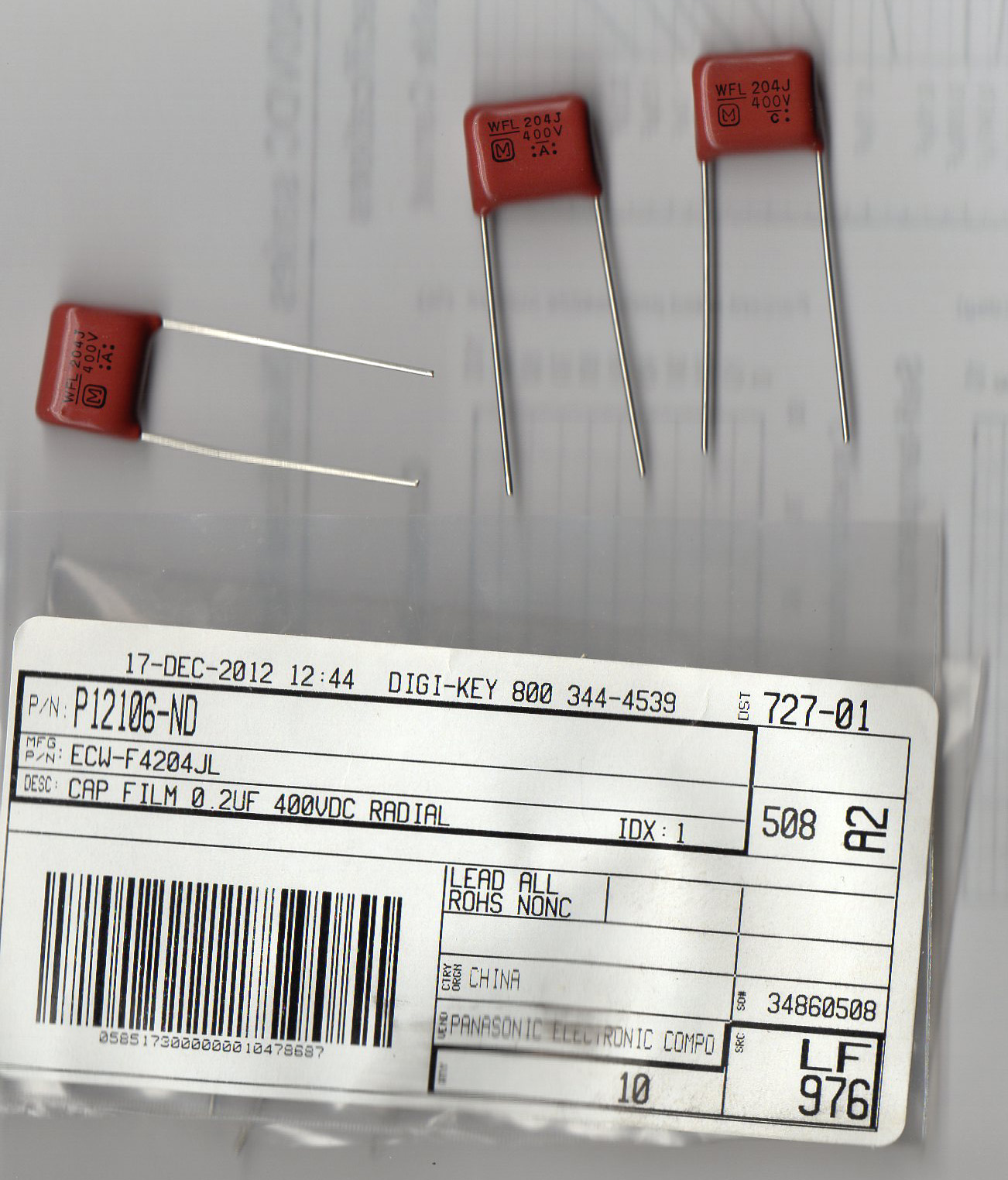Home › Forum › Ask A Member › The engine ran great!!!….except when it didn’t.
- This topic has 21 replies, 9 voices, and was last updated 5 years, 7 months ago by
nj-boatbuilder57.
-
AuthorPosts
-
August 16, 2018 at 3:37 pm #10878
Hey folks!
Just got back from a few weeks on the lake in Maine, and the engine (’57 Golden Javelin / ’59 Gale Sovereign Frankenstein) scooted the boat right along, a whole lot better than the previous engine (25HP) did. Have to say, I was very pleased with the results of this engine build, and in a big way. Tried several props, too, and dialed everything in nicely. 25MPH with just me in the boat, 21MPH with 3 adults & pulling a water skier. (11" pitch prop got everyone "up", including me (190 pounds).
And through it all, the engine started easily, promptly, and ran great.
That said, the vacation wasn’t without two strange episodes. Mid week, one morning, the engine was extremely difficult to start. It just didn’t want to fire up. (It had been perfect the previous day). And when it finally did fire up, it ran poorly, and seemed to put a lot of un-burned fuel into the water. My immediate suspicion was an ignition problem, since the engine was clearly getting fuel.
I popped the cowl off, and removed the access plate in the flywheel to take a look at the points. But before doing so, I removed the spark plug wires from the plugs to prevent accidental starting as I turned the flywheel. Everything inside the access plate seemed fine, so I put the plug wires back on and fired up the engine. It started & ran perfectly. None of the previous problems were present.
Maybe I had a loose plug wire and re-seating it ‘fixed’ matters? Seemed odd, but I wasn’t in any mood to complain about a (now) well-running engine. It started quickly & ran perfectly for the rest of the vacation….
….until the very last day. Same situation: didn’t want to start, and when it did start, it ran poorly. This was our last day, and I was only planning on driving to the ramp (1 mile away) to put it back on the trailer.
I opened the cowl and re-seated the spark plug wires, since that seemed to have fixed the issue last time. This time, however, no such luck. I got it started and ran to the ramp. At high-speed, it seemed to "fix itself" and ran well, although it took a moment or 2 to get that way…..but at low speed, it ran awful.
Thoughts?
My lower is leaking, so I need some benchtime with this engine anyway, therefore I’m not opposed to tearing into the top end if I have to, but if these symptoms point at something simple that you’ve all experienced before, I’m open to suggestions!
Thoughts?
Thank you for reading…..
August 16, 2018 at 3:57 pm #81299I’d check the spark plug spring terminals on the plug wires. Since they are hidden from view, they can get corroded or undone without it being obvious. Trimming the end of the wire and reattaching them can help in a lot of situations.
Were new spark plugs installed? NGK B8S gapped at 0.030" are the ones you want.
August 16, 2018 at 4:05 pm #81301new wires, new boots, new springs, new plugs (J6C)….new points, coils, capacitors,…..everything on this engine is ‘new"
August 16, 2018 at 4:16 pm #81304A bad condenser can cause intermittent misfires, yet work perfectly most of the time. A friend had a similar problem last year with a NOS condenser. That condenser tested fine for capacitance, but failed under load.
August 16, 2018 at 4:26 pm #81305Interesting.
My "new" points & caps are "sierra", and I’ve been reading a fair amount about how they’re not so great.
Question: Is there any reason I can’t just wire in a good-quality capacitor of the same value in lieu of the can that’s there? (It’s 0.22uF, right?)
August 16, 2018 at 4:30 pm #81307If a plug wire is not properly seated in it’s coil, you can get spark jumping to ground there – especially if humidity is high (like with the morning dew). This could explain why your problems happened in the morning. If this is the case, carbon tracking where the spark jumped will make this problem worse. I’d remove the coils and check for carbon tracking and clean if necessary. Also be sure the boots are on the spark plug wires where they connect to the coil. There was a message string here in the last month or so that had a photo of carbon tracking that bled off a spark under a coil on another OMC motor with magneto same or similar to yours.
What Mumbles described can also lead to problems aggravated by humidity.
DaveAugust 16, 2018 at 4:43 pm #81310You can use these Vishay caps from Digi-Key. If you can find a pair of the older and taller OMC caps, the can can be hollowed out and the new Vishay cap can then be installed inside the can. These .22 uF 850 volt caps are a bit of a tight fit lengthwise so I might try it using 600 volt ones. It’s not authentic but nobody will ever know.
Here’s a link to Digi-Key.
https://www.digikey.com/products/en?ven … =bc2609-nd
August 16, 2018 at 4:58 pm #81312I have drawers & drawers & drawers of caps in my basement (I used to design, build & repair guitar amplifiers). I have .22uF in stock.
Why the 850V rating, though? The LV side of the points can’t generate anywhere near that much voltage. (I have 400V & 630V in stock). I’m not concerned at all about vintage looks; I have some "chicklet" caps that will fit right in….
August 16, 2018 at 6:03 pm #81313It’s not just the capacitance and voltage measurement that are important in this application. You need a high dV/dt too. Sticking with the caps suggested is a very good way to go.
Tom
August 16, 2018 at 6:43 pm #81315quote NJ-boatbuilder57:I have drawers & drawers & drawers of caps in my basement (I used to design, build & repair guitar amplifiers). I have .22uF in stock.Why the 850V rating, though? The LV side of the points can’t generate anywhere near that much voltage. (I have 400V & 630V in stock). I’m not concerned at all about vintage looks; I have some “chicklet” caps that will fit right in….
Exactly what I thought too. I figured maybe 50V and that was stretching it. Until I hooked up a peak-reading voltmeter and saw voltages approaching 400V (as best as I can remember). I am now using these 400V caps from Digi-key. 600V might be better, but these haven’t let me down.
-
AuthorPosts
- You must be logged in to reply to this topic.




